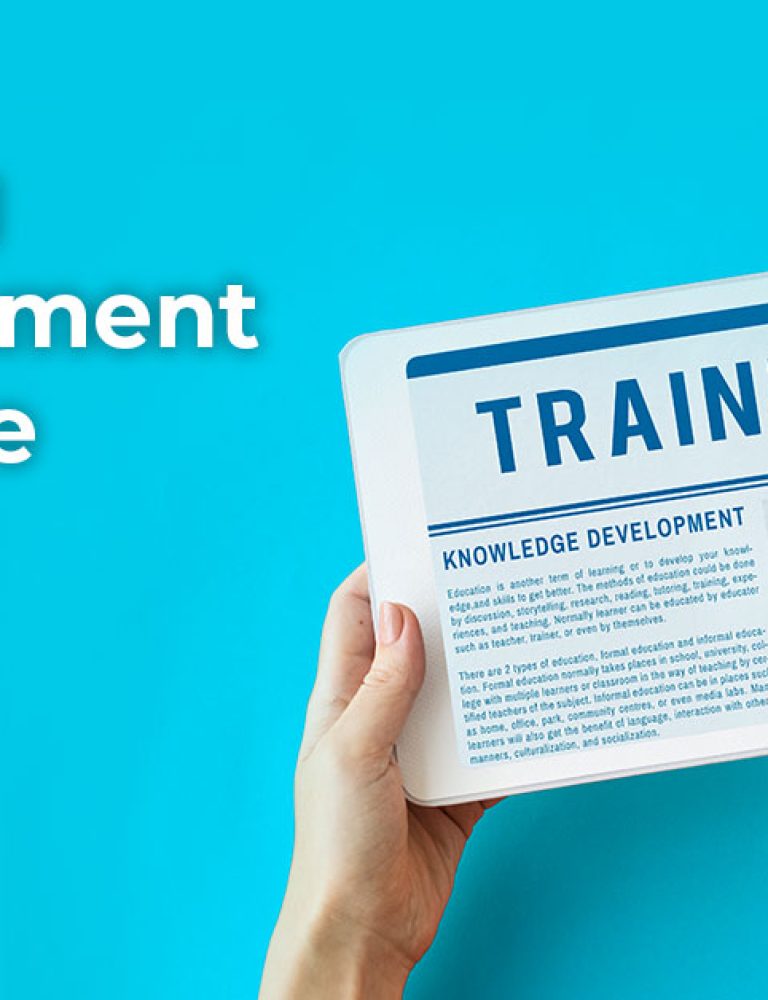Businesses that are in the field of content creation and management understand the critical importance of a well-organized and efficient content repository. Whether you’re a content strategist, a marketing strategist, or an aspiring digital entrepreneur, having a reliable content repository can make or break your success.
But what exactly is a content repository? How can you build one that truly empowers your content endeavors?
This comprehensive guide will walk you through the essential steps to construct an effective content repository that streamlines your workflow and ensures your content shines in today’s competitive landscape.
Table of Contents
I. What is a Content Repository?
II. What are the Advantages of Building a Content Repository?
III. 10 Steps to Building an Effective Content Repository
IV. Wrapping Up
What is a Content Repository?
A content repository, in the world of content management and digital asset management, is a centralized database or storage system designed to store, organize, and manage digital content.
This content can comprise a wide range of materials, including text documents, images, videos, audio files, PDFs, and more.
You might wonder why you need a content repository when you already have folders or cloud storage services on your computer. The answer to this query lies in the complexity and scale of modern content management.
A content repository goes far beyond mere storage. It’s a structured and organized system that offers several crucial advantages for professionals and businesses like KITABOO, who are in the fields of the ePublishing and eLearning.
What are the Advantages of Building a Content Repository?
Understanding the advantages of a well-structured content repository is paramount for organizations with vast volumes of content and constantly seeking ways to streamline their operations.
Here’s what you should know about the advantages of building an efficient and effective content repository.
- Centralization: A content repository centralizes all your content assets in one location, making it easy to locate and access what you need when you need it. This is particularly valuable when you have a vast library of content to manage.
- Organization: It allows you to organize your content systematically. You can categorize materials by type, topic, date, author, or any other relevant criteria, making finding and maintaining consistency across your content simpler.
- Version Control: A good content repository provides version control capabilities. It ensures that you always have access to the latest iteration of your content and can track changes over time.
- Collaboration: Content repositories often offer collaboration features, enabling multiple team members to work on the same content simultaneously, leave comments, and maintain a seamless workflow.
- Security: Content repositories offer enhanced security features, protecting your valuable content assets from unauthorized access, data breaches, or accidental deletions.
- Scalability: As your content library grows, a well-designed repository can scale with your needs, eliminating the need for constant migration or reorganization.
Now that we’ve understood what a content repository is and why it’s indispensable for content professionals, let’s explore the steps to create one that perfectly suits your needs.
10 Steps to Building an Effective Content Repository
Building an effective content repository is a crucial step in optimizing your content management process.
Here is the step-by-step process to help you create a content repository that streamlines your workflow and enhances your content strategy.
Step 1: Define Your Objectives
Start by clearly defining your objectives and goals for the content repository. Consider factors like the types of content you’ll manage, the team members who will use it, and the problems you aim to solve.
Are you looking to improve collaboration, enhance content organization, or ensure version control?
Having a clear purpose will guide your decisions throughout the process.
Step 2: Select the Right Technology
Choose a content management system (CMS) or digital asset management (DAM) system that aligns with your objectives.
Popular options include WordPress, Drupal, SharePoint, or specialized DAM platforms like Adobe Experience Manager or Widen Collective. Evaluate their features, scalability, and pricing to find the best fit for your needs.
Step 3: Design a Logical Structure
Plan the structure of your content repository. Create a taxonomy that categorizes content based on type, topic, audience, and any other relevant criteria.
This logical structure will make organizing and locating content easier as your repository grows.
Step 4: Set Up Access Controls
Implement robust access controls and permissions to safeguard your content. Define who can view, edit, and delete content.
Ensure that sensitive materials are restricted to authorized personnel only, protecting your intellectual property and data security.
Step 5: Create Metadata Standards
Develop standardized metadata templates for your content. Metadata provides essential context and makes content searchable.
Include information like title, author, publication date, keywords, and descriptions. Ensure everyone adheres to these standards when adding content.
Step 6: Migrate Existing Content
If you have existing content, migrate it into the repository systematically. Maintain consistent naming conventions, metadata, and folder structures to ensure smooth integration.
This step may require some time and effort but is essential for a unified repository.
Step 7: Train Your Team
Provide comprehensive training to your team members on how to use the content repository effectively. Cover topics like uploading content, searching, version control, and collaboration features.
Encourage the adoption of the content repository by highlighting the new system’s benefits.
Step 8: Implement Version Control
Enable version control to track changes and revisions to your content. This feature is crucial for maintaining content accuracy and consistency.
Furthermore, ensure that all team members know how version control works for the content repository.
Step 9: Regular Maintenance
Set up a maintenance schedule to review and update your content repository regularly. Remove outdated or irrelevant content, update metadata, and optimize the organization structure as needed.
This ongoing effort keeps your repository efficient and user-friendly.
Step 10: Monitor and Optimize
Continuously monitor the performance and usage of your content repository. Gather feedback from team members and users to identify areas for improvement.
Stay updated on new features and updates offered by your chosen CMS or DAM system.
Also Read: Digital eBook Libraries
Wrapping Up
By following these ten steps, you’ll be well on your way to creating an effective content repository that enhances your content management strategy. Remember that the key to success is ongoing maintenance and adaptation to meet evolving needs in the world of content management.
Elevate your content delivery, engagement, and learning experiences with our cutting-edge platform. Join the future of content with KITABOO – your solution for seamless, interactive, and impactful digital content.
Request a demo to get started today!
Suggested Reads:
Discover How An Ebook Conversion, Publishing & Distribution Platform Can Help You
Kitaboo is a cloud-based content platform to create-publish & securely distribute interactive mobile-ready ebooks.
You May Also Like
-
Training Management Software: Pros and Cons
Blog,Digital Publishing,eBook solution / January 9, 2024








